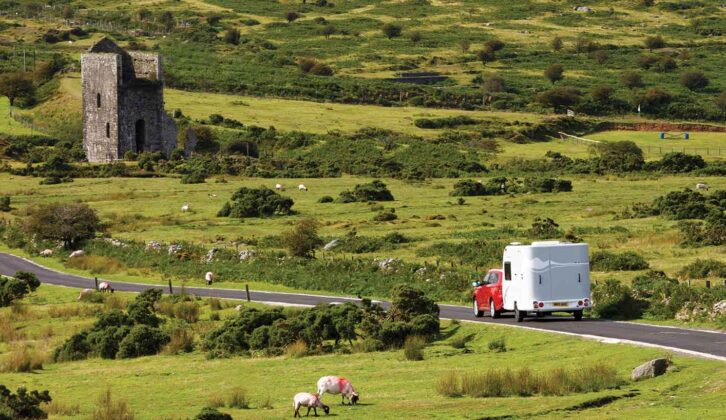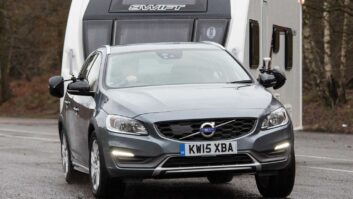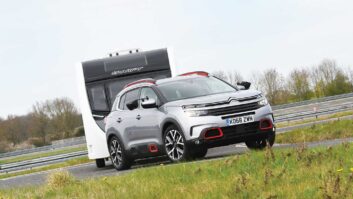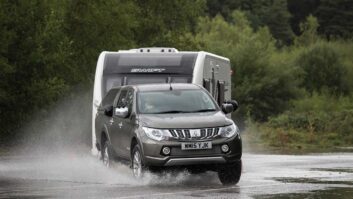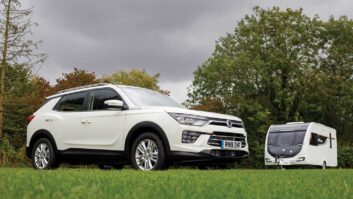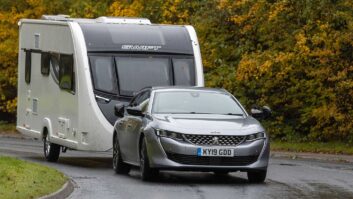We all like to think we’re good drivers, but there’s always room for improvement. When it comes to towing, there are a few simple steps that can be taken to make you a better tow car driver and ensure every journey passes without issue.
It’s not just a case of having the best caravan tow car – with a bit of forward planning and a careful attitude to your driving, towing can be safe and enjoyable, for you and your passengers.
1 Prepare for a safe journey
Safe towing starts long before you turn the key in the ignition. You should make sure both car and caravan are ready to go before every trip too.
Start by carrying out some caravan tyre safety checks to check their condition – don’t overlook the car either. There should be plenty of tread left (at least 1.6mm across the central ¾ of the tread all the way around the tyre) and no cuts or bulges. Make sure the tyres are inflated to the correct pressure, too, remembering that this may be different for towing than for normal driving. Don’t forget to check the spare tyre.
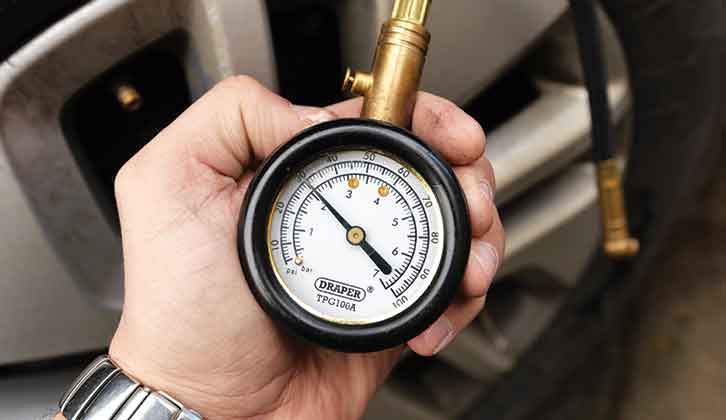
If you have a tyre-repair kit rather than a spare, check its use-by date as the sealant doesn’t last indefinitely. Replace it if necessary.
Make sure you have ample screen washer fluid and that the engine oil is at the correct level. Do this a few days before any long journey in case you need to buy more of either item.
2 Load carefully
Knowing how to load a caravan will make your life easier too. Keep heavy items in the car or low down in the caravan directly above the axle (or axles). Use retaining bars to stop things moving around while you are driving – it’s easy for your caravan essentials to shift inside the van, especially if you need to brake heavily. Only use the overhead lockers for light items.
A noseweight gauge will help check that you don’t exceed the maximum download on the tow bar. Loading to 5-7% of the laden weight of the caravan generally improves stability, so long as this is within the maximum download figure.
3 Use extension mirrors
With almost all car and caravan combinations, you can’t see behind you clearly without caravan towing mirrors. By law, you must be able to see four metres out from the side of the caravan, 20 metres behind you.
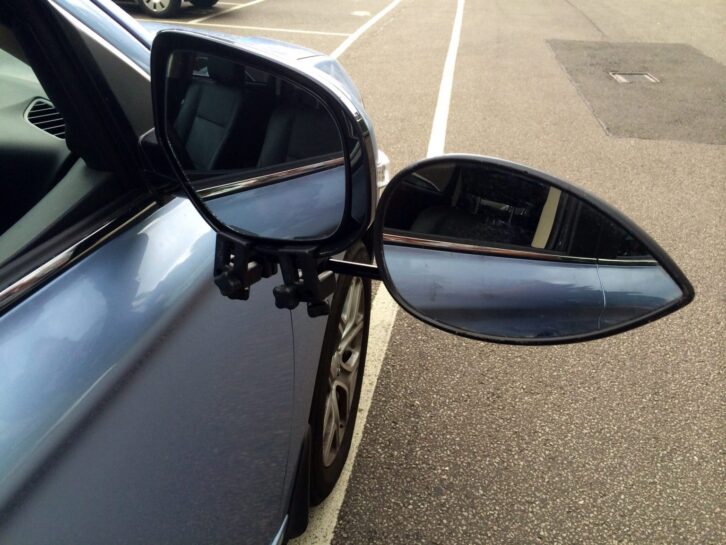
If you can’t see properly because towing mirrors aren’t fitted, you could be fined up to £1000 and receive three penalty points on your licence.
4 Look ahead and leave plenty of space
Anticipation is key to good driving at all times, but it’s doubly important if you’re towing. Stopping distances will increase after hitching up a caravan, so it’s important to leave plenty of space to the vehicle in front. The rule of thumb for regular driving is to leave a two-second gap, so we would advise increasing this interval while towing – and double it in wet weather.
Overtaking is much trickier when you are towing. Not only will your car accelerate much more slowly with the weight of a caravan behind it, you’ll also need to allow for the extra length of car and caravan when changing lanes on the motorway. So be cautious and only overtake when you are certain it is safe to do so.
5 Smoothly does it
Remember, the car is on your side while you are towing: it’s trying to pull the caravan straight. So don’t overreact to every slight twitch from the van when you see a little movement in the mirrors or feel the tourer tugging gently at the back of the car.
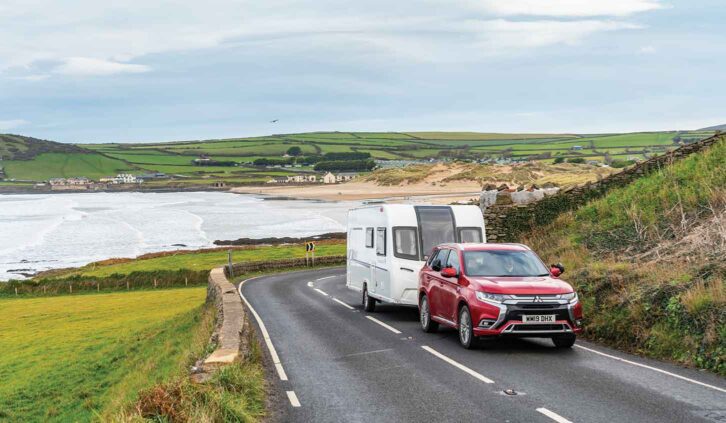
If you make lots of sharp, nervous movements at the wheel, those will pass on to the caravan. Keep the wheel pointing ahead and make smooth and gentle movements when needed. Let the car do most of the work.
6 Be ready for a snake
Everyone dreads a snaking caravan (when the tourer starts to move from side to side in a swinging motion). Here, prevention is better than cure. Smooth driving at a sensible speed with a carefully loaded caravan keeps the chances of snaking to a minimum.
If the caravan’s movements start to get out of hand, don’t panic. You need to act decisively, but calmly. Gently ease off the accelerator. Car and caravan will begin to slow down, taking the energy out of the caravan’s swinging motion. Hold the wheel with a light grip and keep it pointing in the direction of travel. Don’t try to correct the snake by steering into it, as that’s likely to make things worse.
The hard part is waiting for the movement to come back under control. There can be an unpleasant few seconds during which the movements become more pronounced before they ebb away. Trust that you are doing the right thing and very soon everything will be under control again.
You can also check out our guide to reversing a caravan if you want help with that manoeuvre too.
7 If the worst happens
Unfortunately, accidents do sometimes happen – even to the safest, best-prepared drivers. In this case – assuming that car and caravan are still driveable – find a safe place to stop. This can be easier said than done with a caravan, but you will be safer if you can park away from passing traffic.
Turn on your hazard warning lights and turn off your engine. Put on a hi-vis jacket if you have one – it’s a good idea to keep one for yourself and one for all your passengers in the car. If anyone is injured, call the emergency services. Help the injured if you can, but don’t put yourself in danger from other traffic. Remember that quiet casualties may need first aid more urgently than someone crying out for help.
Place a warning triangle in the road to warn other traffic of the incident if necessary, but be careful that you aren’t at risk from passing vehicles as you do so. If nobody is hurt, your priorities change. Take pictures of any damage and exchange insurance details with other drivers and obtain the names and contact details of any witnesses.
Fortunately, serious collisions while towing are rare. Tow carefully, and you should be set fair to enjoy a lifetime of safe caravanning.
You can also check out our caravan towing tips guide for more guidance on how to stay safe on the road.
Don’t overlook your car’s security either – the best steering wheel lock will play an important role in helping to protect your vehicle.
If you’ve enjoyed reading this article, why not get the latest news, reviews and features delivered direct to your door or inbox every month. Take advantage of our brilliant Practical Caravan magazine SUBSCRIBERS’ OFFER and SIGN UP TO OUR NEWSLETTER for regular weekly updates on all things caravan related.
